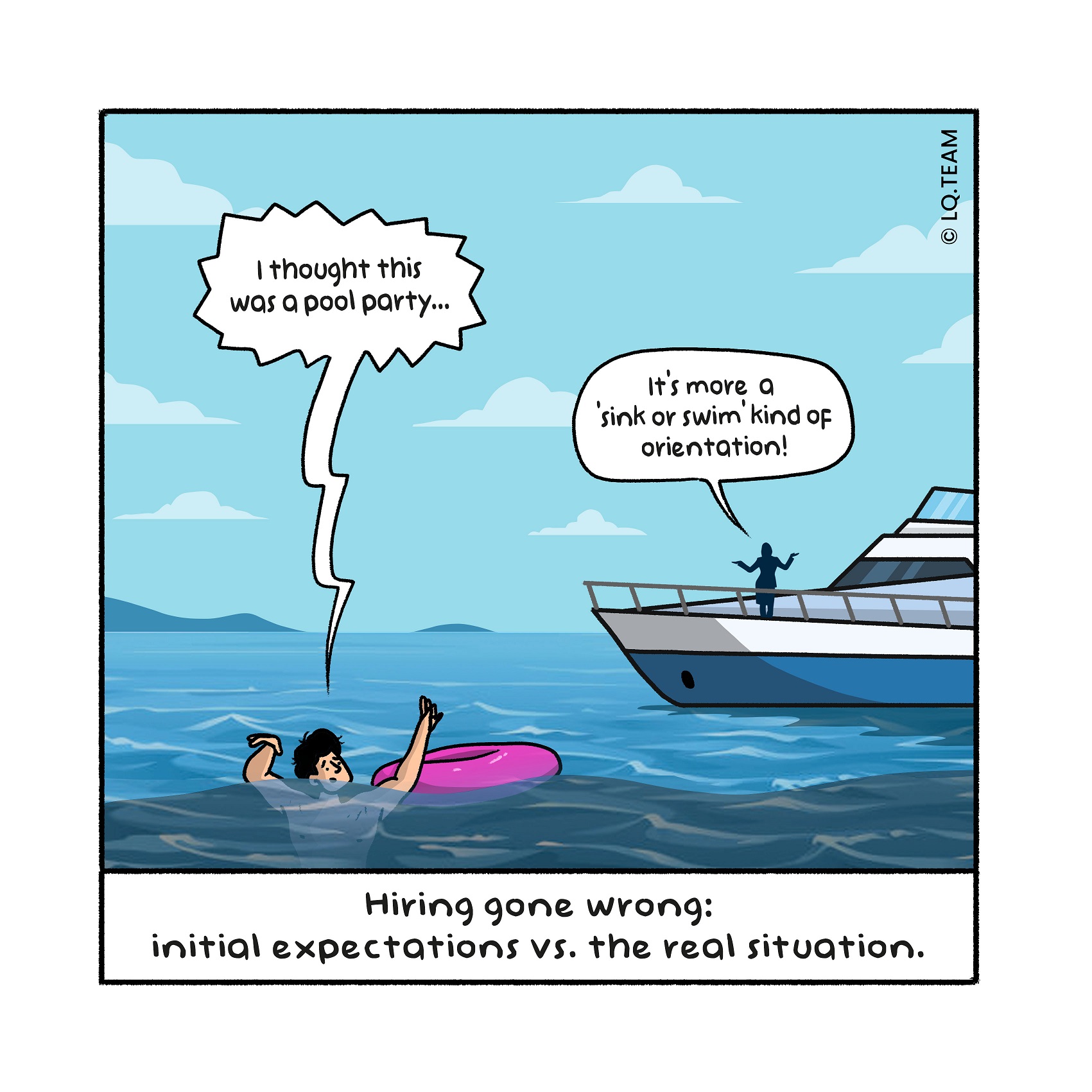
Nut to crack: How do you prevent people with the “new” profile from leaving prematurely?
Suppose you have succeeded in recruiting talent with a new profile, for exam- ple people with knowledge in design thinking, artificial intelligence or circular business model design, and then you lose them again within a year. Unfortu- nately this happens more often than not. How do you prevent it? How do you ensure the match also works in practice from both sides?
Nutcracker: Learn from the military
To be seen, to be appreciated for who you are and what you bring to the ta- ble, and to feel connected to the people around you are fundamental needs of every individual. When employees are hired because they bring “some- thing new” or “something different” and the honeymoon phase is over, you often see that those fundamental needs are insufficiently met. They feel dif- ferent and undervalued, and feel like they have to go against the grain, with no real chance of success. They take stock of the situation and leave.
This can be prevented by looking at the Dutch Ministry of Defence’s ap- proach. Although in a different manner, people in the army are confronted with the same issues. If they have been in a war zone, have undergone in- tense experiences and as a result their outlook on life has changed, it often proves challenging to reconnect with the home front. These soldiers may physically look the same as before they were shipped out, but they feel differ- ent on the inside. Consequently, they often feel misunderstood and feelings of loneliness and misunderstanding can ensue. In order to help soldiers deal with this, the Ministry of Defence has designed an adaptation period between the mission and the homecoming, during which soldiers are prepared for this experience. In the navy, sailors literally spend three days at sea between the mission and the homecoming to prepare for the latter. They are taught to:
- Be patient
- Realise that the other person has a different perspective to theirs
- Be aware that they have had other experiences
- Connect with others with humour and in a playful way
- Share and inspire others with their experiences
- Talk about concerns and disappointments to those they trust
- Find and keep in touch with the people who are or have been in the same position
- Work on their mental and psychological health
The same kind of logic works for organisations. Schedule individual interviews with those people hired specifically for their new knowledge, experience, way of thinking or way of working. Prepare them proactively for the reality that will most likely include misunderstanding by others and lack of recognition. Proactively introduce them to people who are in the same position and, for example, bring them together every quarter to share experiences. Invite their supervisors from time to time, so that their voices can be translated into ac- tions that connect the “old” and “new” worlds. This increases the chance of success and the likelihood of retaining them longer.
Tip for change leader
Build a bridge between “old” and “new” by establishing mutual understanding and respect, so connection and growth can develop. Keep a close eye on the new people. Find out whether the adaptation is running smoothly. Intervene proactively.
Tip for change enabler
Reversed mentoring can be a powerful vehicle to connect different “blood groups”. It reverses traditional patterns by creating the opportunity for underrepresented groups to share their views in the role of the mentor, while senior colleagues are coached on future skills. At the same time, both groups strengthen their network.
Kernel: Proactively manage adaptation
Being able to retain new talent is not a given. By using the lessons from the military on how to deal with adaptation, you will increase the chance of suc- cess for the organisation and the individual.
